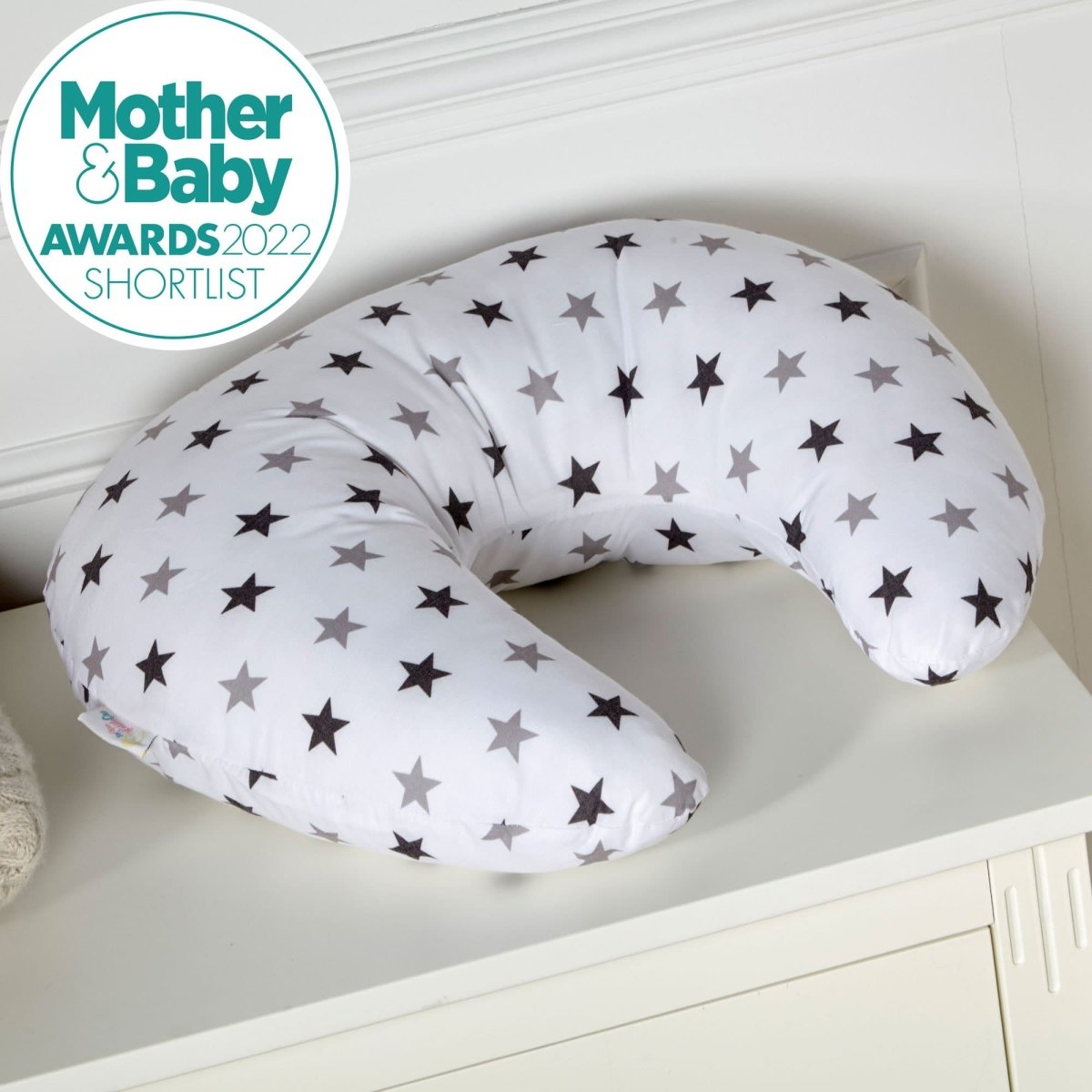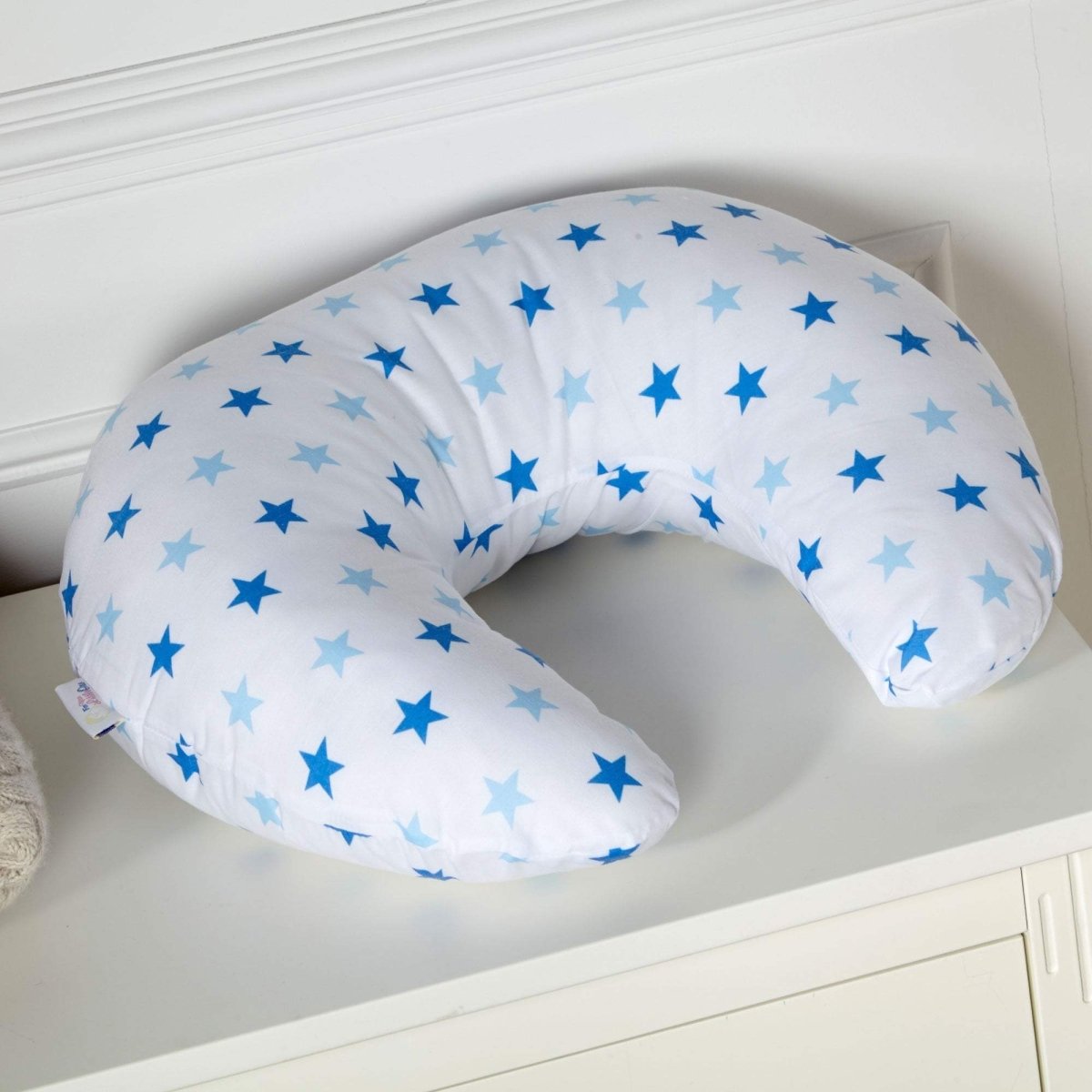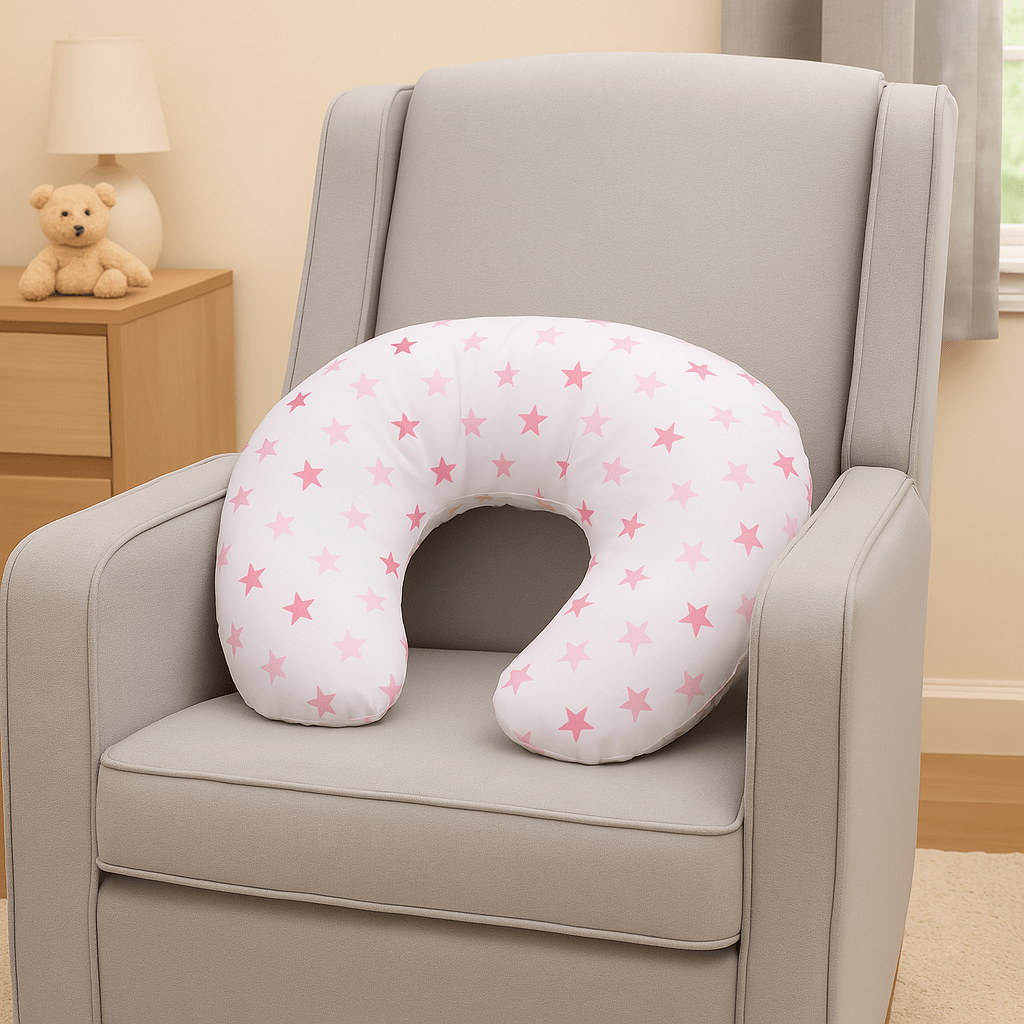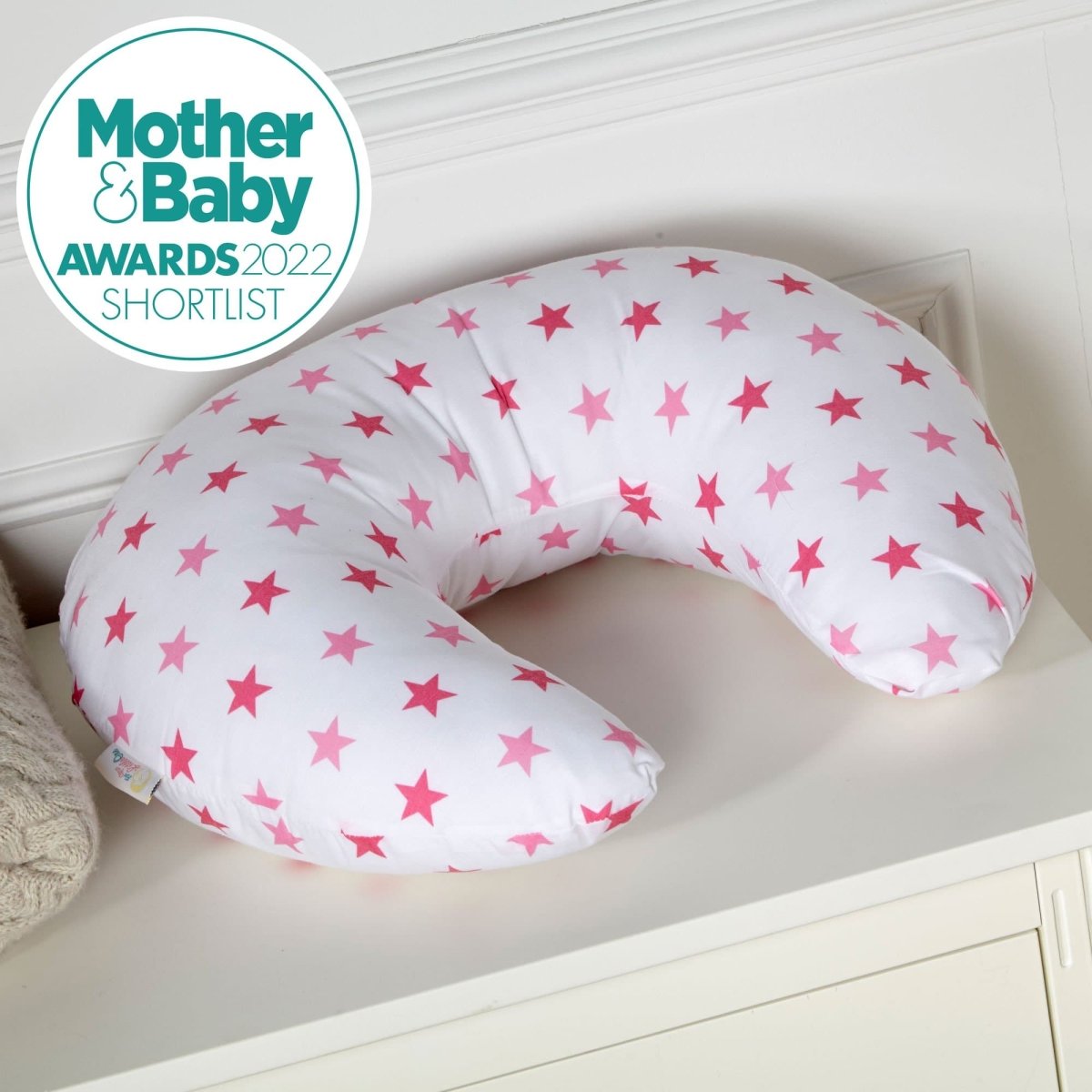A nursing pillow may be designed primarily for breastfeeding, but many parents find a huge range of extra uses for these handy products. Let's show you how to use a nursing pillow for tummy time so that you can make the most of it.
What is tummy time and why is it important?
Tummy time is the process of placing your baby on their tummy for short periods of time while they are awake. It allows them to learn all the different ways in which they can move their limbs, head and neck, and it helps them to strengthen the muscles in their neck, shoulders and back. Tummy time also helps babies to develop their overall coordination and develop their gross motor skills. It is an important aspect of your baby's development that will lead to them being able to crawl, sit up and toddle as they get older.
When should tummy time start?
Tummy time can begin right from birth, but at this stage when your baby is so small and vulnerable it is best to lay them on your chest so that you can keep a safe hold on them. Tummy time on the chest will also help them to feel calm and relaxed as they'll be able to hear your heartbeat and feel the warmth of your body. Babies usually do not like tummy time initially because it feels strange for them to be in a position in which they are forced to use lots of muscles at once. It can take them a little while to get used to it, so begin with just a few minutes at a time and persevere a little every day. >By the time babies reach six months old, they should be getting around 20 minutes of tummy time each day. Eventually, they'll be strong enough to roll over by themselves and move between their back and their tummy without your help. This usually occurs by around seven months, but some babies take a little longer. Keep up the tummy time until your baby is confidently rolling independently.
How to use a nursing pillow for tummy time
Once babies reach 3 months, it's safe to try tummy time on the floor. However, they might find it daunting to be placed on their tummy without direct contact with a parent. A nursing pillow is a great way to transition away from tummy time on your chest. You can simply lay the nursing pillow around your waist and lay the baby on their tummy on top of the pillow. This allows you to keep a gentle hold on them to stop them from wriggling away. Plus, they'll feel comforted by being in close proximity to you. You can also learn how to use a nursing pillow for tummy time on the floor once your baby seems ready for the next step. Put the pillow down on the floor on top of a blanket. Place baby inside the C shape of the nursing pillow so that their arms and shoulders are propped on top of the pillow. This helps them to keep their head lifted and strengthen their neck muscles. It's always important to supervise your baby during tummy time, but when they're in this position with a nursing pillow it is particularly important to watch them closely so that you can reposition them if they begin to slip down the pillow. You could sit or lay in front of them to hold their attention or place toys on the floor in front of them to capture their interest.
Safety tips for tummy time
Babies should never be put down to sleep on their front, so be sure to do tummy time when they're wide awake. If you notice them dozing off, immediately turn them over onto their back. This is why it's so important to keep babies closely supervised during tummy time. You should be watching them constantly for the entire duration. If you're using a nursing pillow for tummy time, it might be tempting to put baby on their tummy right after feeding. However, babies need to spend at least 20 minutes upright after feeding to prevent reflux. Unless you'll be holding onto your baby for the entire duration, always do tummy time on a low, firm, flat surface such as on the floor. Placing baby on a sofa or bed for tummy time could pose a suffocation risk due to the soft surface. Plus, there's a risk that they could wriggle towards the edge and roll off if they're reaching the stage of being able to roll independently.
Features to look for in nursing pillows
A good nursing pillow will be fairly firm in order to provide good support for your baby. You don't want to use a pillow that lets baby sink too far into it as this will make nursing more difficult. Furthermore, the filling should be a premium material like high-quality polyester so that the pillow retains its shape and firmness for as long as possible. The outside of the pillow should be soft to the touch in order to avoid causing any irritation to your baby's skin. A soft, cosy pillow will help your baby to feel comfortable, cosy and relaxed while breastfeeding and during tummy time. Nursing pillows are likely to be exposed to dribbles, spills, vomit, and even nappy leaks from time to time. It's important that they are kept as clean as possible to avoid exposing your baby to harmful bacteria and allergens when they're having tummy time. You should choose a nursing pillow with a removable, machine-washable cover like ours. You can simply throw the cover into the washing machine along with the rest of your baby bedding. Check out our range of high quality
nursing pillows, available in a variety of stylish colours and patterns.















